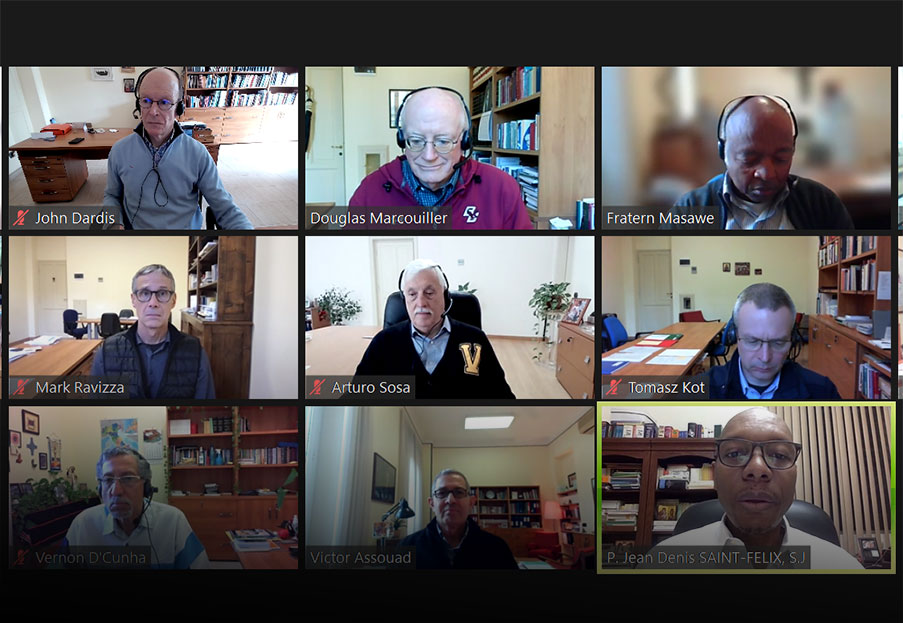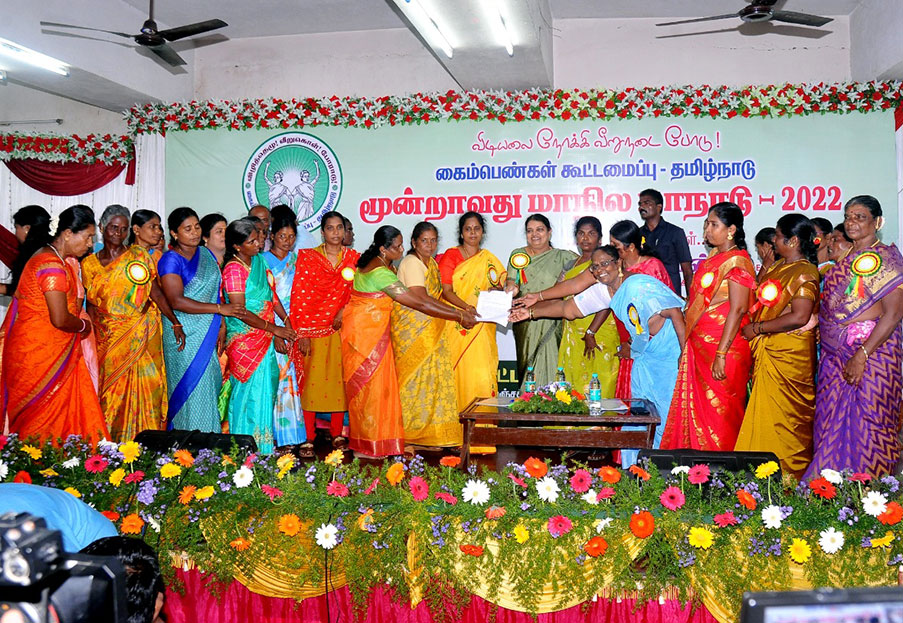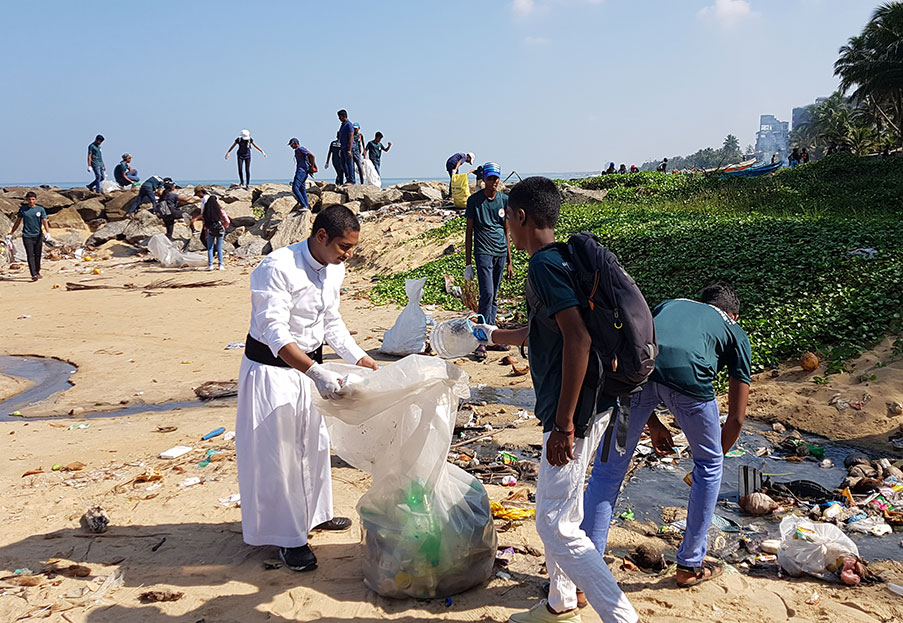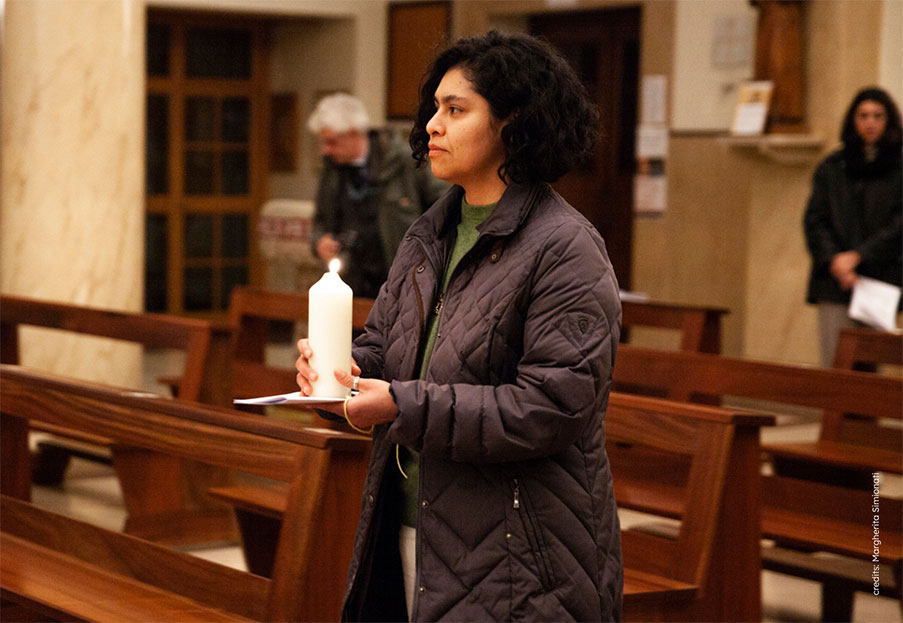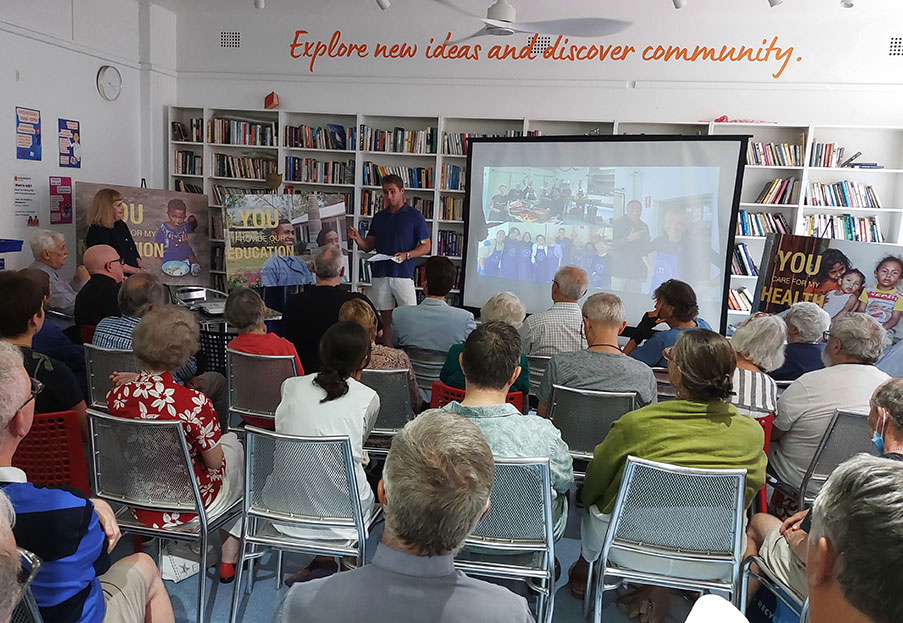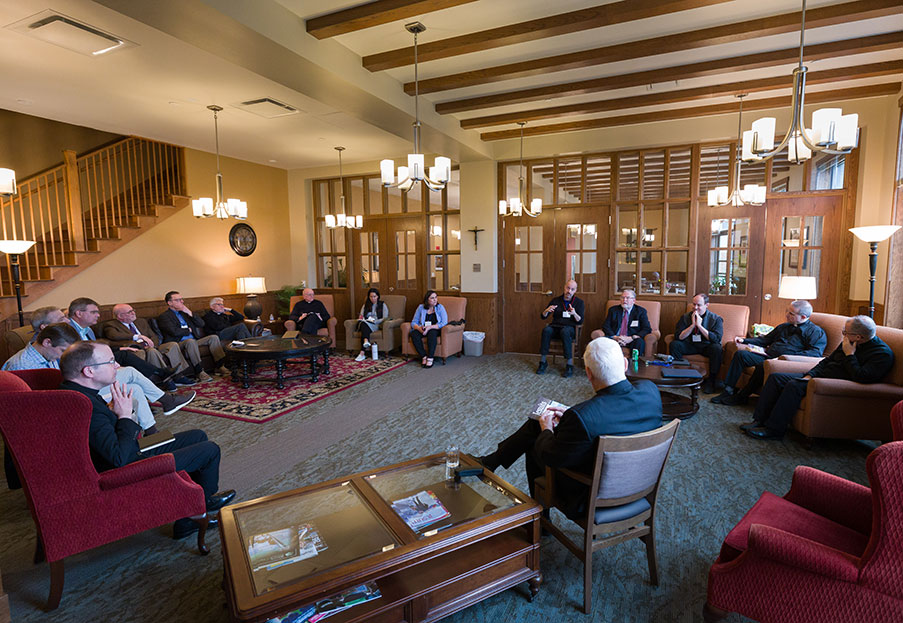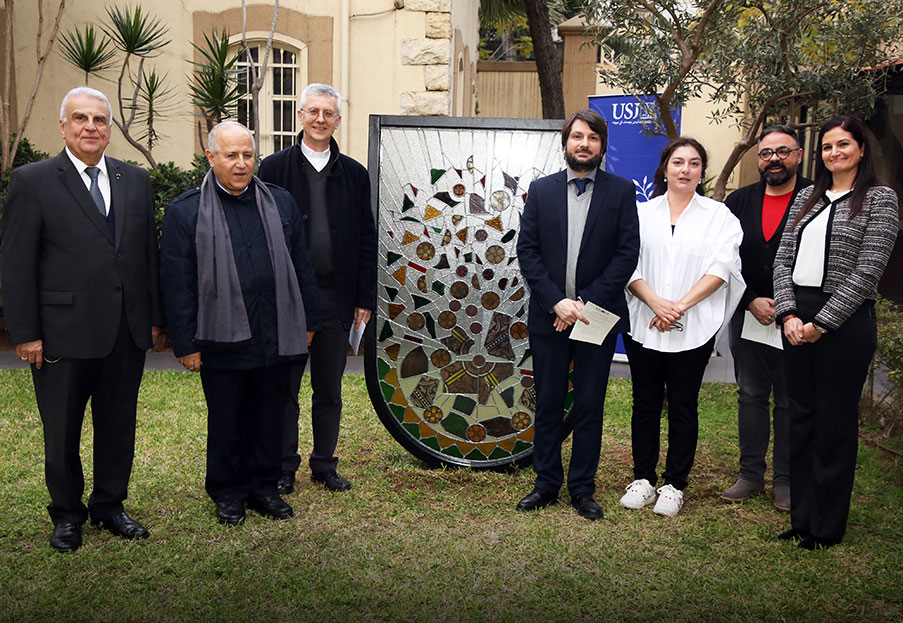Constant Lievens SJ – before Fr. Stan Swamy, an advocate for the poor in India
Today is the anniversary of the death of Servant of God Constant Lievens SJ, whose cause for canonisation is ongoing. He is one of the great Jesuit missionaries who was sent to India in the 19th century where he advocated for the excluded and the oppressed, thus starting a great tradition of Jesuit ministry with the poor in India. This is a tradition that continues today, with for example Fr. Stan Swamy, recently arrested for defending the oppressed thus discomforting the powerful. [Find out more]
In the region where Fr. Lievens ministered, he is still fondly remembered and a great devotion among the people was born quickly after his death.
Fr. Linus Kujur SJ of the Ranchi Province shares
a short overview of Constant Lievens’s life.
[Images © Archief SJ, KADOC, Leuven]
By Linus Kujur SJ - Ranchi Province
Father Constant Lievens, SJ (1856-1893)
The Apostle of Chotanagpur, North India
Born on 10 April 1856, Constant Lievens grew up in an agricultural Flemish Christian family in Belgium. He went to the Parish school of Moorslede, where he enjoyed learning the catechism. Seeing his interest, the priest in charge encouraged him to go for further studies. In those days, pursuing his education often meant becoming a priest. The idea was appealing to Constant, and he gave himself entirely to it and excelled in studies.
The young boy had a great future in the world, but he decided to become a knight of God andtrample all that was low and vain, shameful and opposed to good. In 1877, he joined the major seminary in Bruges, but attracted by the missionary spirit of the Jesuits, he joined the Society of Jesus.
He entered the Jesuit noviciate in 1878, in Drongen, and immediately after his vows, his Provincial sent him to West Bengal in India. Over there, he completed his theological studies and got ordained to the priesthood in 1884. He was soon assigned to Chotanagpur, where some Jesuits had been working for fifteen years without much pastoral success.
On 18 March 1885, Lievens reached Ranchi to explore new possibilities for the Church. First, he settled in Jamgain; he visited the people for a few months to learn about their conditions and culture. Then, Lievens moved on to Torpa, a more developed location with a post office and a police station. It is there that he came to know the people’s long struggle for justice against the Landlords. Thus as he began to legally assist the people to recover their land, the people flocked to him.
When Lievens went back to Ranchi in 1887, many followed him from all corners of the Chotanagpur region. He made it clear to them that he had comefor their spiritual as well as temporal happiness.Many accepted his message and embraced the faith in Christ. Lievens organized them in small communities and built a chapel with a school for each of them, under the care of a catechist and a teacher. He worked for some seven years energetically, fell sick, and had to go to Belgium with the hope of returning to India. But, sadly, he died there on 7 November 1893. He was only 37.
Since then, the Church of
Chotanagpur has grown in faith, grounded on justice and education. She owes
much to Father Constant Lievens. He is already a Servant of God, and his cause
for beatification and canonization is in progress.
